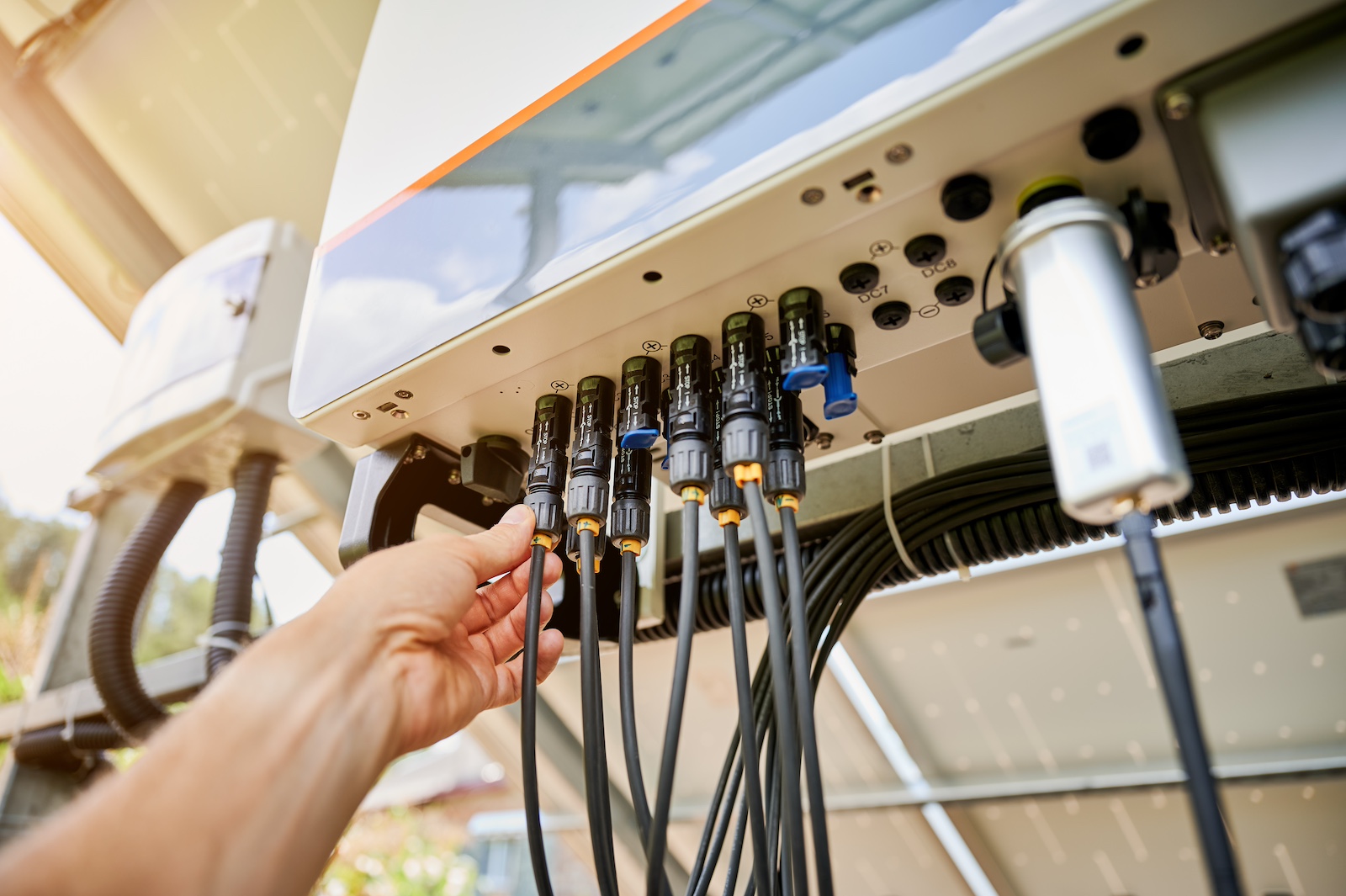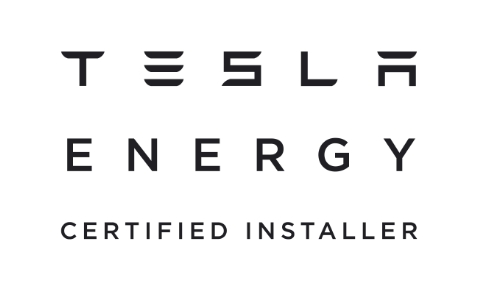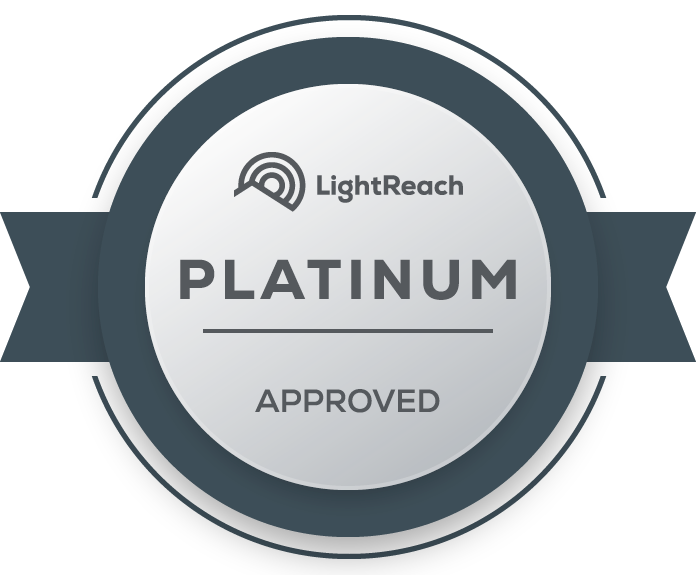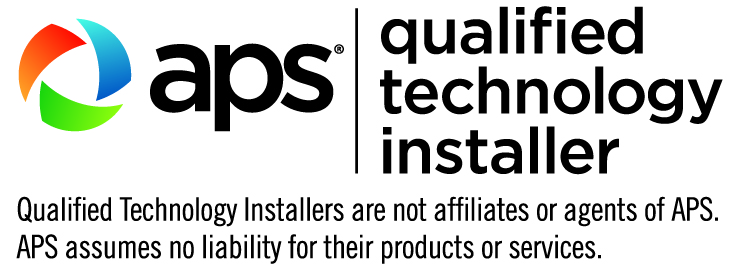In addition to solar panels themselves, home solar panel systems typically require several pieces of additional equipment to function efficiently and safely. Here are some key components that we can help you identify for your home’s needs:
- Inverter: Solar panels produce direct current (DC) electricity, but most household appliances and the grid operate on alternating current (AC). An inverter converts the DC electricity generated by the solar panels into AC electricity that can be used in your home or fed back into the grid.
- Mounting Hardware: Solar panels need to be securely mounted on the roof or ground. Mounting hardware includes rails, brackets, and bolts designed to withstand various weather conditions and ensure proper orientation and tilt for optimal sunlight exposure.
- Racking System: The racking system supports the solar panels and distributes their weight evenly across the roof or ground surface. Racking systems are typically made of aluminum or stainless steel and are designed to be durable and corrosion-resistant.
- Solar Batteries (optional): While not always necessary, solar batteries can store excess electricity generated by your solar panels for use when the sun isn’t shining, such as at night or during cloudy days. Solar batteries can provide backup power during grid outages and increase energy independence.
- Charge Controller (for off-grid systems): In off-grid solar panel systems, a charge controller regulates the flow of electricity from the solar panels to the batteries to prevent overcharging and protect the battery bank.
- Monitoring System: Many solar panel installations include a monitoring system that tracks the performance and output of the solar panels in real-time. Monitoring systems can help homeowners optimize their energy usage and identify any issues with the solar panel system quickly.
- Disconnect Switches and Breakers: These safety devices allow you to shut off the power from the solar panels in case of maintenance or emergencies. They are typically installed between the solar panels, inverters, and electrical panel.
- Wiring and Electrical Components: Wiring, conduit, and electrical components are used to connect the solar panels, inverters, batteries (if applicable), and electrical panel. These components ensure that electricity flows safely and efficiently throughout the system.
These are the primary additional equipment components required for a home solar panel system. The specific components needed may vary depending on factors such as the size of the system, whether it’s grid-tied or off-grid, and local building codes and regulations.
It’s essential to work with a qualified solar installer like Inty Power to design and install a system that meets your energy needs and complies with all necessary safety requirements.
We look forward to working with you!








